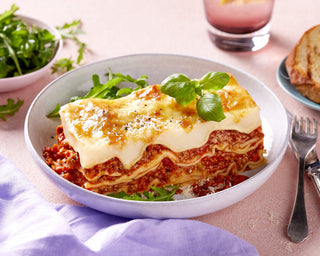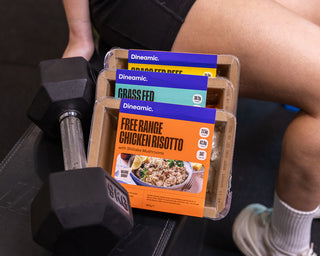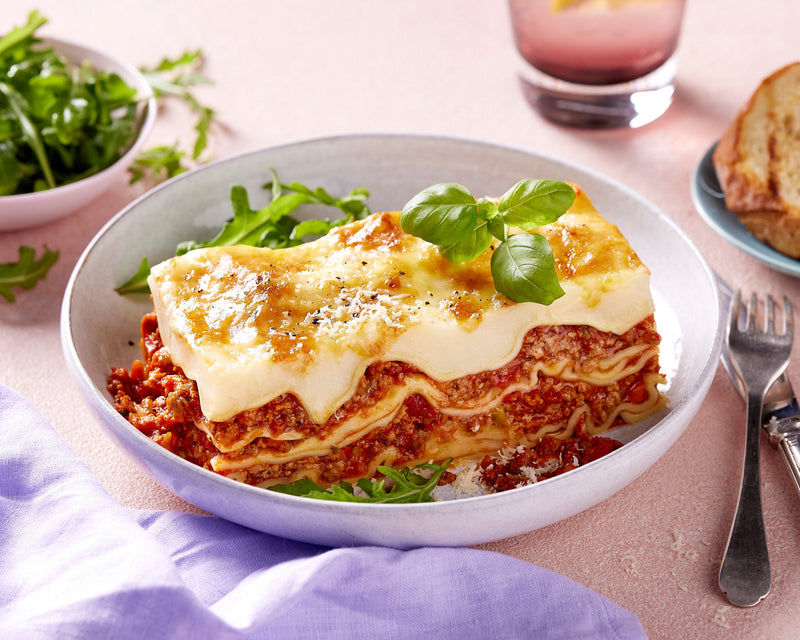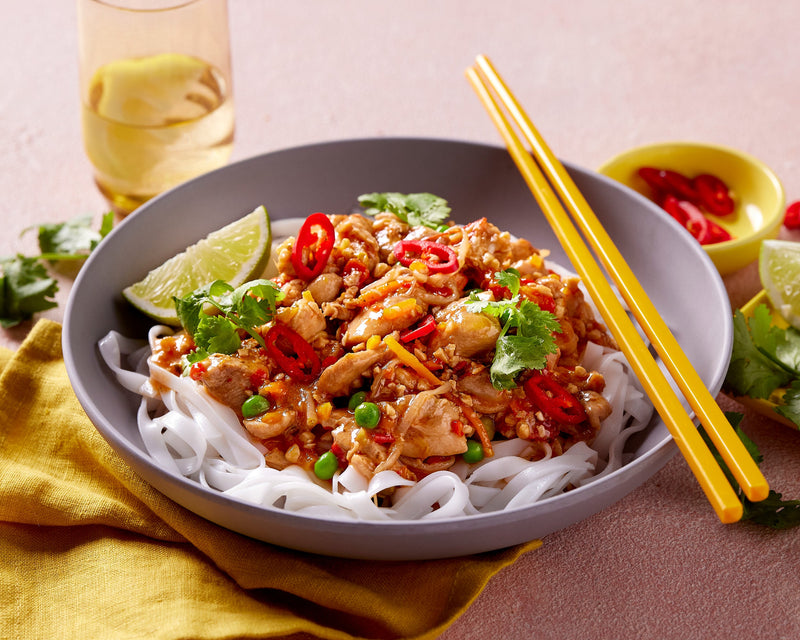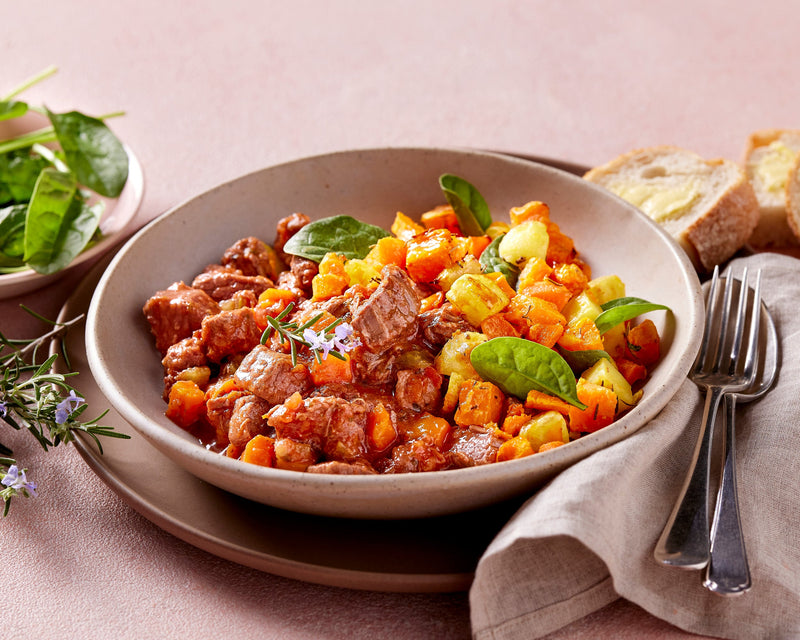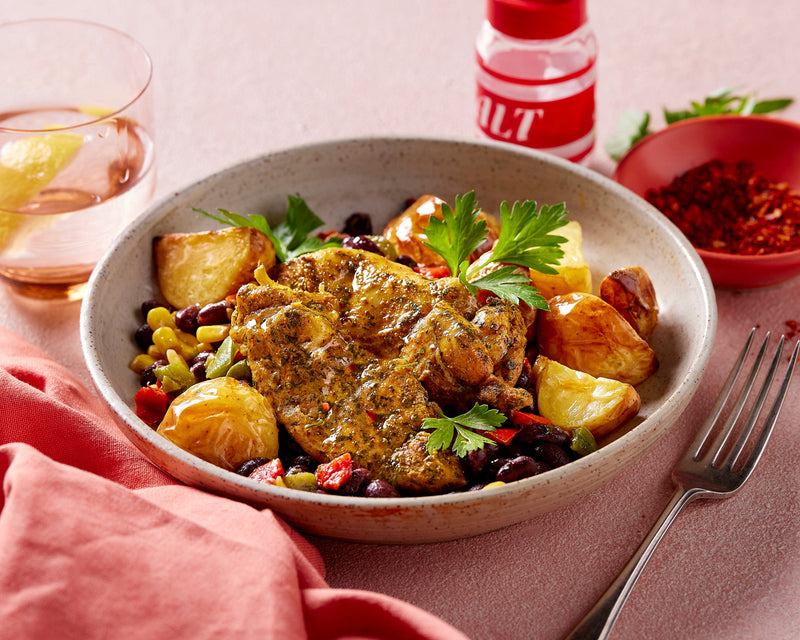When you hear the word "processed foods" your mind doesn't instantly think "healthy" does it? Were you thinking of a bag of healthy salad greens and canned sardines full of omega 3, or something a bit less glamourous?
Processed can be anything that is changed, prepared or packaged. So technically speaking they’re all processed. But, what’s the difference between these minimally processed products and the ultra-processed foods that are pink and sparkly and look nothing like their original ingredients. Read on to find out the difference and which processed foods we think you should still be eating.
Processed VS Ultra-Processed Foods
Processed Food: Foods that are altered deliberately for safety (e.g. pasteurising milk), textural purposes, convenience (e.g. chopped up veggies) to evolve the raw ingredient from ground level to being edible.
Ultra-Processed Food: Those that are either chemically or dramatically changed from its original state through addition of added ingredients or several manufacturing steps (e.g. milling, extrusion, moulding). Think hot dogs, chicken nuggets and high fructose corn syrup.
Processed Foods We Approve:
Canned Foods
Canning foods is one of the safest methods of preservation and it cuts back dramatically on food waste. Canned food products are incredibly affordable, have an extended shelf life making them super convenient in more ways than one. The canning process usually involves placing the food in containers with a canning fluid (e.g. water) and subjecting them to super high temperatures to kill off microorganisms, this also doubles to remove the air from the can and vacuum seals preventing the air from getting back in & causing further microbial or oxidative damage to the food. Most of the time this also means less additives and preservatives are needed (which we love!). What else is great is that the ingredients themselves are canned at their peak freshness and nutrition. Nutritionally, the process of canning can enhance the retention of some vitamins within the product (e.g. vitamin C and thiamine in tomatoes and tomato juice, carotene in asparagus and cherries). How’s that for a bonus!
Try: Create a Chipotle Chicken Burrito Bowl by adding some extra canned black beans, whole peeled tomatoes and canned corn for your next Mexican feast.
Yoghurt
Yoghurt goes through a series of processing to bring you the creamy, smooth fermented pot of goodness you know and love. There are usually two main processing techniques: set yoghurt and stirred yoghurt.
Set yoghurt has all the ingredients in the pot already to go so there is no further need to add thickeners and stabilisers down the line, it simply gets cooled and incubated in the final package.
Stirred yoghurt on the other hand is continuously stirred and fermented inside tanks. The main difference between the two is the texture, set yoghurts are more like a firm jelly whilst the stirred type tends to be a viscous, creamy, smooth texture. Nutritionally, although pot set yoghurt manufacturers tend to claim their advantage of less thickeners and stabilizers you can easily find stirred yoghurts without these as well. Yoghurt is notorious for its delivery of viable probiotics (e.g. Lactobacillus bacteria), B vitamins (B12 and folate) and good biological quality protein (meaning those that are easily digested).
Try: Adding some yoghurt to your Korma Lamb Curry when serving.
Plant Based Burger Patties
Now more popular than ever, plant-based burgers can be found not only at local specialty stores but also in conventional supermarkets and at beloved burger chains and more. Of the more popular variety, the Beyond Burger is made from water, pea protein isolate, canola oil, coconut oil, starches, gums and extracts so not quite the veggies to build up your 2 & 5 a day. Nevertheless, we approve of them for their texture, taste, and the company’s ethos. If you’re after a plant-based patty for its nutritional quality we recommend those made from vegetables (e.g. carrot, beetroot), beans, soy protein isolate, nuts and seeds.
Try: Your favourite plant-based burger patty with a side of roasted potatoes.
Ready Made Meals
Before you switch off, this is not a sales pitch. It’s us sharing a bit more about how we approach food.
There are so many ready made meals out there on the market, and like with everything, it’s hard to know what’s what. Ready made meals come in every shape, size and colour possible, and that means that they can be minimally processed or ultra-processed. We can’t speak for other brands, but we’re pretty set in our approach to ‘processing’. The only real type of ‘processing’ would be the culinary kind our awesome chefs are behind that take these ingredients from great to brilliant. From slow-cooking to sous-viding to caramelizing, our meals are cooked then packaged into convenient little meals. Simple!
Take Home Message
If we haven’t convinced you already, not all processed foods are made equal. Some can even be superior after being processed compared to what they started off as. We recommend eating minimally processed foods but also recognising that they’re not all the same. As always, do your research and read the back of the packaging, this will help you make empowered decisions about what you’re eating.


